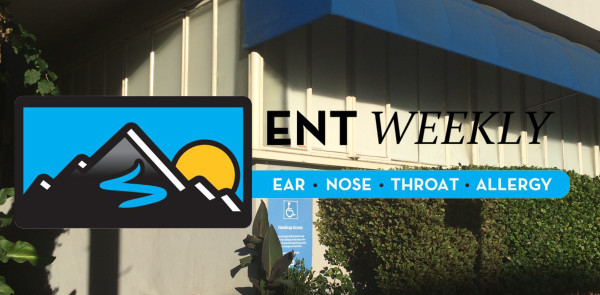Sleep is an amazing and important physiological event in which the body undertakes tasks such as long-term memory storage and rejuvenation of various body systems. If the average night’s sleep is eight hours (i.e. one third of a day), then average person sleeps for one third of their life. For example, if you live 75 years, you will have spent 25 of those years asleep. For those of you that share living spaces, an important question is often asked: “Do you snore?”
While it seems to be a trivial question, insofar as snoring can be disruptive and annoying to those around you, snoring can also be a symptom of a more serious illness. According to the American Academy of Otolaryngology, 45% of adults snore at least occasionally, and of these, 25% are habitual snorers. In various sleep studies, males and overweight people are more likely to snore, and the problem usually worsens with age.
Image Source: Flashpop
Snoring is the vibration of uvula and soft palate and the resulting sound is due to obstructed air movement during breathing while sleeping. Snoring is also known to cause sleep deprivation to both the snorer and those around them, as well as daytime drowsiness, irritability, lack of focus, and decreased libido. These symptoms often clue primary care and otolaryngologists to perform a sleep study for obstructive sleep apnea (OSA), which is caused by the uvula, soft palate, or a combination of other upper airway structures blocking air from reaching the larynx. Characterized by repeated mini-episodes of pauses in breathing, OSA results in decreased blood-oxygen saturation, leaving the patient fatigued and drowsy the following day. Sleep studies are used to diagnose OSA, in which either at-home or clinic facilities use various wires to monitor oxygen saturation and episodes of apnea.
Snoring only becomes a medical concern if it is combined with OSA to vastly hamper a patient’s quality of life. At that point, a consultation with an otolaryngologist can reveal a variety of treatments that may either improve or completely eliminate OSA, and by extension, snoring. The most common treatment is the use of a continuous positive airway pressure (CPAP) machine, in which the device pumps a controlled stream of air through a flexible hose to a mask worn over the nose, thus keeping the airways clear and open. Another non-surgical option is the use of specially made dental appliances called mandibular advancement splints, which advance the lower jaw slightly and thereby pull the tongue forward. Such devices are usually made by dental/oral-maxillofacial surgeons and are usually an out-of-pocket cost.
Surgical procedures are also an option, ranging for in-office to outpatient surgery center. The Pillar Procedure involves surgically placing small polyester rods into the soft palate under local anesthesia. The subsequent healing of tissue around the implants stiffens the soft palate, thereby reducing relaxation and vibration of the tissue. Most insurance companies, however, deem this procedure as cosmetic, and thus will not cover the procedure. Uvulopalatopharyngoplasty (UP3) is another option in which an otolaryngologist surgically removes some or all of the following structures: the uvula, soft palate, tonsils, adenoids, and/or pharynx. This procedure is usually only done if all other therapies have either failed or the patient was not able to tolerate them.
As you fall asleep to the cadence of your roommate’s melodic snoring, keep in mind the dangers of sleep apnea! Stay tuned for further ENT fun on ENT Weekly.
Feature Image Source: Justin Chin










